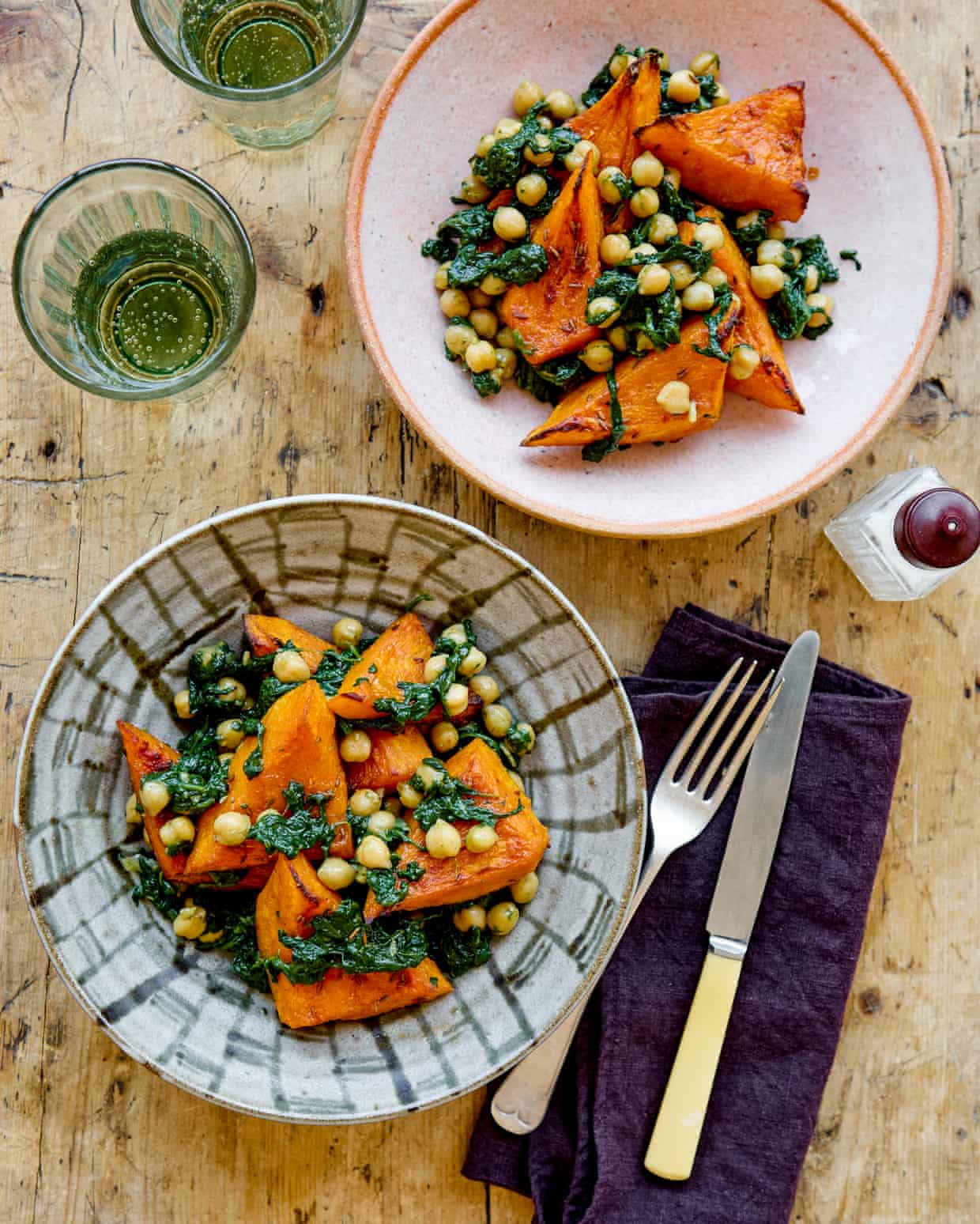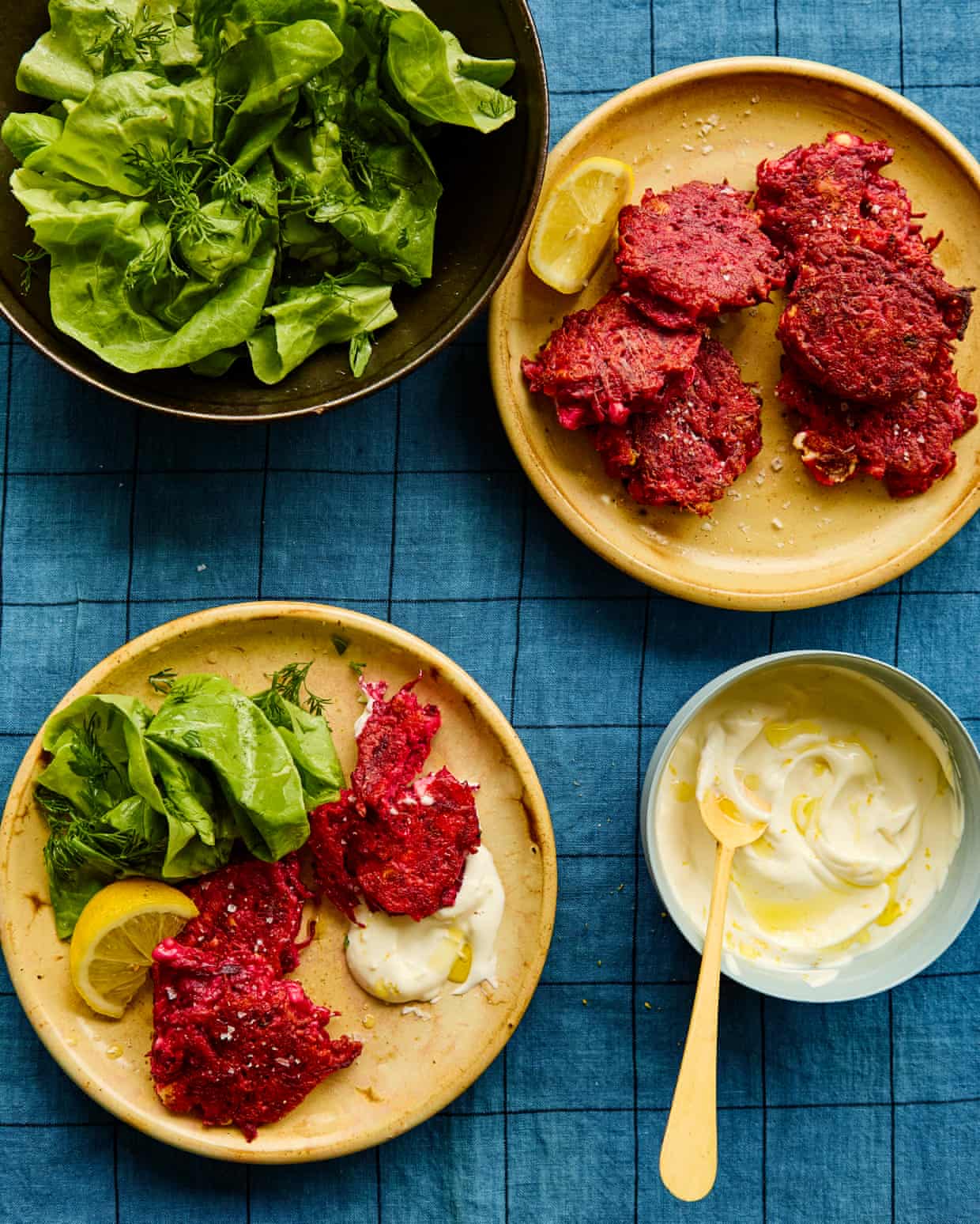Drone-blocking technology ‘urgently’ required at jails in England and Wales

Drone-jamming technology must be rolled out urgently across jails in England and Wales to help stem the endemic use and trade of drugs by organised gangs, MPs have concluded.The Commons justice select committee has found that the Prison Service’s ability to maintain safety and control is being “critically undermined by the scale of the trade and use of illicit drugs”.It has called for technology such as SkyFence, which uses sensors to block a drone’s computer, to be introduced across the prison estate.Category A prisons, which hold some of the most dangerous inmates, should be given anti-drone technology within two years, according to a report released on Friday.The Labour chair of the cross-party committee, Andy Slaughter, said: “Fuelled by inflated profits, the supply of drugs by organised criminal gangs into prisons is a constant pressure.
This is compounded by failure to address and reduce the underlying demand for drugs and combat the alarming rise in the use of sophisticated drone technology.”MPs found that increasing availability of illicit substances normalised drug use in prisons, noting that 39% of prisoners found it easy to acquire drugs.The situation is made worse by the high number of people entering prison with an existing addiction and the notable trend of prisoners with no previous issues developing a drug habit once in prison.Eleven per cent of men and 19% of women said they had developed a problem with drugs, alcohol or medication not prescribed to them since arriving in prison, the report says.Prison Service records indicate a 770% increase in drone sightings around prisons between 2019 and 2023.
Current drug detection technologies are being outpaced by the sophistication of drones, the report says.MPs said existing partnerships with police and the National Crime Agency aimed at tackling drone incursions were not sufficient.The committee said the MoJ must urgently adopt the SkyFence system, which was deployed to detect and disrupt incoming remote-controlled drones at HMP Guernsey in 2017, or equivalent technology at all prisons.The report says: “All high-risk prisons should be put in a position to deploy comprehensive anti-drone technology and implement upgraded physical security measures, such as windows, within 24 months.“The MoJ must adopt the SkyFence system, or equivalent signal disruption technology, across the prison estate as a matter of urgency.
”New government figures show that nearly 40,000 prisoners in England and Wales have been let out of jail under the government’s early release scheme to tackle overcrowding in prisons,As of the end of June this year, 38,042 inmates had been freed, according to the Ministry of Justice,The scheme was launched as an emergency measure on 10 September last year after the prison population reached a record high of 88,521,It allows eligible prisoners to be released after serving only 40% of their fixed-term sentence, rather than the usual 50%,Sign up to First EditionOur morning email breaks down the key stories of the day, telling you what’s happening and why it mattersafter newsletter promotionIt is part of efforts to curb overcrowding in jails.
Officials said in May that male prisons were on track to hit zero capacity by November this year,Of the 38,042 early releases, 10,879 (28,6%) were serving sentences of six months or under, with a further 5,241 (13,8%) serving sentences of between six and 12 months,The age group that made up the greatest proportion of early releases was 30- to 39-year-olds (37.
6% of the overall total), followed by 40- to 49-year-olds (23.4%).The figures show 34,332 (90.2%) were British nationals, 3,644 (9.6%) were foreign nationals and 66 (0.
2%) had no nationality recorded.The current scheme for the early release of prisoners replaced a separate scheme introduced by the previous Conservative government.Under this separate process, 13,325 prisoners in England and Wales were freed early between 17 October 2023 and 9 September 2024.Prisons minister Lord Timpson said: “This sobering report lays bare the extent of the crisis we inherited in our prison system, with jails awash with drugs and facing an unprecedented threat from drones.“You cannot deliver meaningful rehabilitation when jails are flooded with drugs.
That is why we’re already investing £40m this year to bolster security and stop contraband entering prisons, including counter-drone measures such as exterior netting and reinforced windows.This is alongside 85 specialist wings to help prisoners live drug-free.”

Australian supermarket chocolate ice-cream taste test: ‘My scorecard read simply: “I’m going to buy it”’
Sweet memory lane or boulevard of broken creams? Nicholas Jordan and friends sample 23 tubs in search of nostalgia, glee and chocolate excessIf you value our independent journalism, we hope you’ll consider supporting us todayGet our weekend culture and lifestyle emailI grew up in a house barren of treats – there was no regular supply of chocolate, snakes, sour lollies or caramels. There was one exception: ice-cream, and I was mostly free to eat it whenever I wanted. That constant, childhood joy was the start of a storied love affair. Later, when I had money to buy my lunch in high school, I would get a one-litre tub, a pair of spoons, and my friend and I would eat the entire thing and nothing else. Sometimes, if we were particularly greedy, we’d split a two-litre tub

Sweet dreams? Healthy ways to put pudding back on the menu | Kitchen aide
I eat healthily, but my meals are never really complete without pudding. Yoghurt and stewed fruit aside, do you have any suggestions for what will hit the spot without verging too far into the unhealthy? Wendy, by emailThe truth is, you can’t often have your cake and eat it – or not a big piece, anyway. “My main piece of advice, which maybe isn’t all that welcome, is to keep to small portions,” says Brian Levy, author of Good & Sweet, in which his recipes contain no added sugar. “My grandma would keep mini chocolate bars and have just one, but that’s never really worked for me.”’Tis the season for stewed fruit, but have you tried Melissa Hemsley’s banana slices sandwiched together with peanut butter, half-dipped in melted chocolate and put in the freezer? (FYI the same tactic also works like a dream with dates

José Pizarro’s recipe for pumpkin and spinach with pimenton
I grew up with the taste of pimentón de la vera, the smoky, fiery spice Spain embraced from the New World and made its own. Pimentón gives our food its soul. One of the dishes everyone loves back home is espinacas con garbanzos (spinach and chickpeas), which is it’s simple, nourishing and full of comfort. At this time of year, however, when the markets are overflowing with sweet pumpkins, I love adding them to the mix, too. Their gentle, autumnal sweetness lifts the spinach and chickpeas beautifully, and they combine to create a dish that we’ve been serving all month at my restaurant Lolo in south-east London

The £1 oyster: cut-price shellfish is all the rage – but is eating it advisable?
Name: Oysters.Age: Triassic – so about 250m years old.Appearance: Grey and snotty.Oysters, eh? What pearls of wisdom (see what I did there) do you have for me on the noxious bivalve? You’re not a fan, then?Absolutely not. What desperation drove early humans to think, “Time to smash open this forbidding, rock-like blob and eat whatever godforsaken, gelatinous mess it disgorges”? Well, younger diners don’t agree – they’ve gone mad for oysters

Double, heavy, pure cream? Helen Goh’s guide to baking across borders – plus a finger bun recipe
When Sweet, the baking book I co-authored with Yotam Ottolenghi, came out in the United States in 2017, my excitement at seeing so many people bake from it was matched only by my horror at what I saw them pulling from their ovens on Instagram: pale cakes with thick, dark exteriors.Posts from Australian and British readers showed no alarming results and I quickly realised something had gone awry in the American translation. As it turned out, the recipes had been converted in-house by the publisher, using a straightforward formula to change celsius to fahrenheit. What no one had noticed was that the conversion also needed to take into account the oven setting: fan-forced versus conventional heat. Many American ovens, it seems, still don’t have a fan function

Rukmini Iyer’s quick and easy recipe for beetroot, apple and feta fritters | Quick and easy
These are autumn in a fritter. Not only were they an unexpected hit with my 18-month-old, but, after trying one myself, I instantly crossed out the saffron arancini at the top of my list for an upcoming lunch party and replaced it with a delirious, “OMG make these fritters!” Not bad for a five-ingredient dish, and a lot less faff than arancini.Serve with a green salad and the dip alongside for a filling dinner on a cold evening.Prep 15 min Cook 20 min Serves 2-42 apples (I used Discovery) 2 medium beetroot, peeled and grated1 egg 200g feta, crumbled60g self-raising flour (gluten-free if you have it)Olive oil, for fryingFor the dip 3 heaped tbsp Greek yoghurt 3 heaped tbsp mayonnaise ½ lemon, juice and zestA pinch of sea saltGrate the apples skin and all into a clean tea towel, then twist and squeeze the towel over the sink to remove as much moisture as you can. Tip the grated apple into a large bowl, then add the grated beetroot, egg and crumbled feta, and mix well

‘It’s brutal, they feel very attacked’: budget uncertainty hits Southampton boat show

Nexperia halts chip supplies to China in threat to global car production

Apple reports record iPhone sales as new lineup reignites worldwide demand

Amazon reports strongest cloud growth since 2022 after major outage

Ireland 13-26 New Zealand: rugby union Test – as it happened

Sacha Feinberg-Mngomezulu lights up South Africa’s nine-try rout of Japan